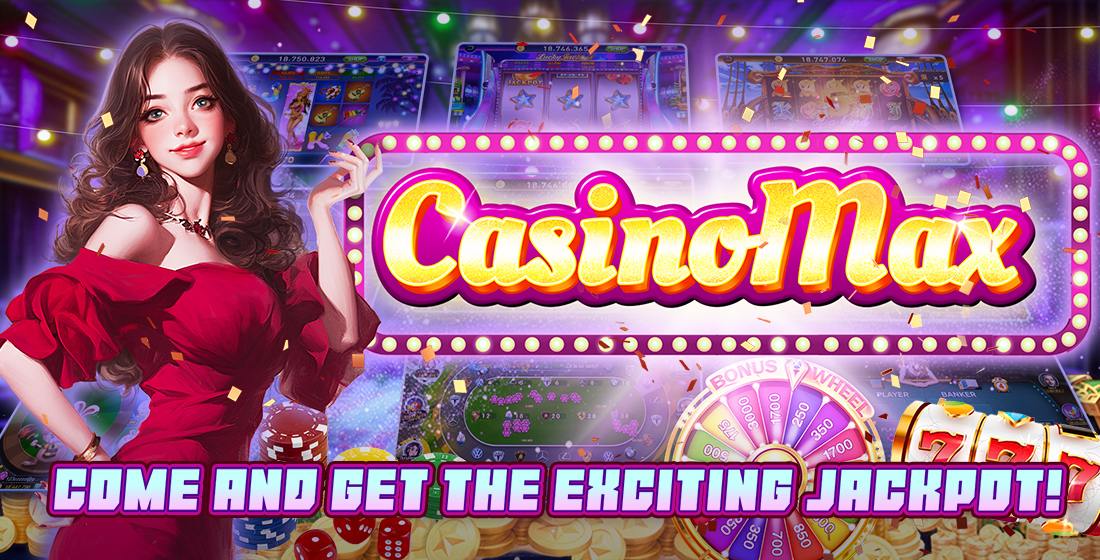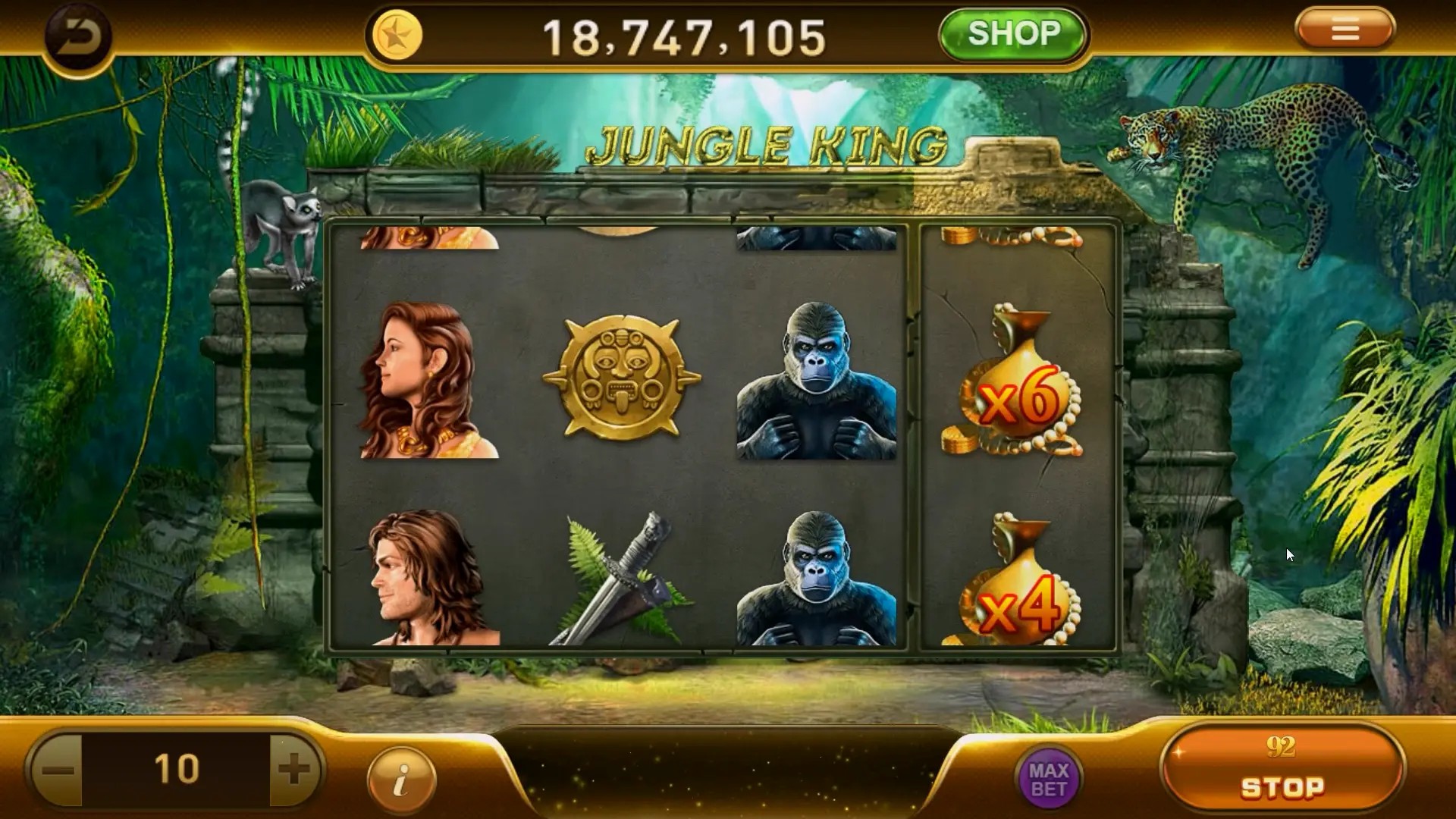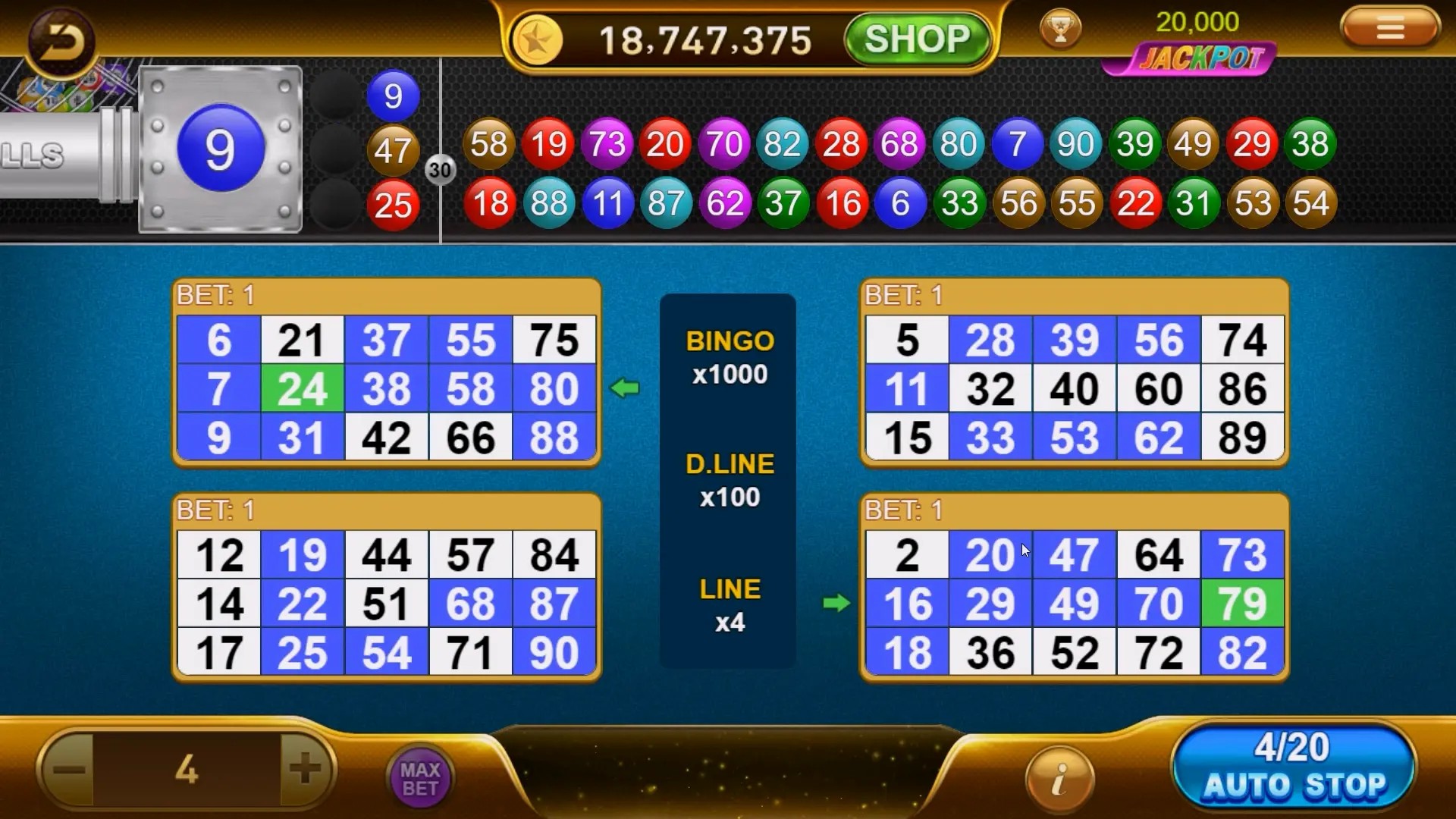Introduction: The Casual Gaming Explosion in the Mobile World
Casual games have transformed mobile gaming from simple pastime distractions to full-time obsessions — even for those not considered ‘typical’ gamers. With easy controls, minimal learning curves, and bite-sized gameplay loops, casual games offer something for everyone: short bursts of joy during morning commutes, a break between meetings, or relaxation before sleep. This trend isn’t just popular among younger players either; it's attracting an ever-expanding demographic, **from Gen Zs to millennials**, **even older adults curious about interactive experiences**. And while hardcore gamers still dominate certain genres — especially role-playing titles like many dragon ball z games with best story mode options — casual gaming is bridging that gap in ways previously unthinkable.
Casual Games: What Makes Them Stand Out in Modern Entertainment?
The rise in accessibility and intuitive design makes this genre uniquely inclusive. Unlike RPG titles, often requiring deep engagement, adult RPG maker games allow players with creativity the freedom to craft personalized stories without complex systems to manage. For most people dipping their toe into gaming, though — maybe picking up a phone instead of a controller — a quick swipe mechanic on puzzle platforms, endless runners, or matching tiles fits life's rhythm better than committing hours each session does.
We've also witnessed how well-optimized these apps are for smartphone performance constraints. This compatibility ensures that even entry-level phones can run smooth gameplay. In countries like France where casual play integrates nicely into everyday digital habits, this flexibility translates into higher engagement, longer retention rates, and more monetization avenues beyond in-game ads and purchase schemes.
- Diverse player base: No need for advanced dexterity or familiarity.
- Instant accessibility: Open-and-close structure perfect for fragmented free time.
- Built-in progression loops: Rewards every time someone logs on for as little as 3–5 mins per day.
Market Trends Fueling the Casual Boom
Let’s look at hard numbers: over 1.3 billion casual mobile game users currently engage globally across different platforms like Facebook Games, Roblox-style UGC-driven ecosystems, Apple App Store favorites, etc. According to Newzoo, roughly two-thirds of smartphone users worldwide spend at least a small portion of daily leisure minutes in this category — which dwarfs both mid-core and hardcore gaming by sheer volume. That said, hybridizing elements (think of story-based choices in otherwise laid-back adventures or mini-strategy within brain teasers) keeps things interesting enough for experienced players without intimidating newcomers.
| Type of Game Player | Casual Focus | RPG/Mid-Core Focus |
|---|---|---|
| New Players | Focused on quick play sessions | Learns basic mechanics slowly but deeply invested later. |
| Veterans | Enjoy experimenting but rarely get hooked | Prioritizes narrative arc, world immersion over instant rewards |
| Creatives/Modders | Dip into user-created RPGs made via maker software tools | Create elaborate campaigns; often shared online |
Growing Revenue Streams & Microtransactions Without Pressure?
Casual gaming proves its business model works remarkably despite having fewer microtransaction traps compared to AAA franchises demanding dozens or even hundreds of dollars upfront. In-app purchases in the casual niche revolve less around power-granting weapons but cosmetic upgrades, convenience items, or ad-free modes. This gentle nudging increases user comfort and minimizes buyer's guilt—especially important considering many European consumers are sensitive toward perceived exploitative tactics within free applications.
A great example comes from hypercasual studios leading this space such as Voodoo, Ketchapp, or Zynga with Candy Crush levels that keep coming every day. They rely on lightweight gameplay mechanics yet retain long-time users using subtle habit cues, timed content unlocks — and yes, occasional video ad interstitials — all contributing to sustainable ad-based monetization and organic viral loops through social media and group competition mechanics.
The French Touch: Why Casualling Suits Europe
French audiences love simplicity, elegance, and cultural flair embedded in any digital product they use. It makes sense why so many iOS chart-topplers find traction among locals embracing mobile fun without the complexity typical elsewhere. Consider Dragon Ball Z games with best story mode offerings — while intense fighting simulations do attract dedicated fans in Asia, the casual segment offers more manageable entry points where players follow familiar characters and story arcs while enjoying relaxed pacing, making them equally compelling without overwhelming players mentally every step of the way.
Coupled with growing app usage for everything else, gaming sits alongside entertainment consumption. Whether on Metro rides across Paris metro lines or relaxing in provincial countryside cafés in Burgundy vineyard regions, casual gameplay aligns seamlessly with lifestyle behaviors shaped over years. These habits mirror trends found in Germany or Italy too, indicating broader opportunities beyond traditional console-first markets focused mainly on eSports or triple-A action titles.
The Future: Casual Meets Creator Economy
As creative tool kits like adult RPG maker software evolve in capability, expect a surge in casual storytelling hybrids — blending personal narratives created on drag-and-drop engines into engaging experiences. Studios might start allowing player contributions beyond mere avatars: imagine crafting a character in a romantic visual novel that gets featured across servers as DLC! Or generating your very own match-three level set against historical landmarks or personal art styles.
The boundaries blur even further with AI-powered customization — voiceovers adapting tone based on regional accents selected by players — opening fresh paths for immersive, emotionally connected gaming journeys even within casual settings. While core fans will argue hardcore RPGs or competitive shooters dominate prestige categories forever, don’t overlook how mainstream players shape entire economies themselves by choosing one idle tapping clicker game download after another!
Top Casual Genre Variations Taking Over Screens Worldwide
- Casual Arcade / Hypercasual e.g. Stack or Dune!
- Mental Gym - Mind-Benders Like Sudoku+, Elevate, Chess.com's minigames section
- Idle Tappers & Auto Clickers — Adventure Capitalist series or BitCoin Miner clones
- Matching Pairs Bejeweled clones to Genshin Impact's Memory Card challenges
- Kids Friendly Titles Educational and developmental-focused titles for younger learners and families together (Toca Boca series being an exemplar)
From Niche Idea to Global Powerhouse
In early days, only flash sites like Kongregate carried browser-based titles appealing largely to teens with fast internet connections at home computers. Today’s evolution? A multi-billion market with millions of simultaneous concurrent sessions running in cloud environments. Publishers now tailor experiences precisely for mobile interfaces down to vibration haptic feedback when completing matches — features absent from desktop predecessors!
Casual developers increasingly adopt live service updates once reserved solely for high-end games, adding seasonal events, exclusive cosmetics during holidays (Easter eggs!), collaborative missions unlocking rare items collectively... It shows no intention of remaining simplistic entertainment stuck in perpetual loopbacks without growth arcs. This is maturity redefining mobile's place in gaming’s overall ecosystem — casual games leading from the frontlines now rather than trailing behind heavy artillery titles chasing esports accolades and Hollywood movie deals simultaneously.
The Unseen Shift Towards Emotional Gameplay
More casual titles subtly incorporate emotive elements. Gone Home-like introspective exploration may still require commitment, but shorter narrative episodes designed similar to point-and-click puzzles now blend easily with low-pressure mechanics and gentle soundtracks encouraging deeper reflection. It's part emotional therapy session, part playful activity: something publishers noticed quickly as stress and screen fatigue became common topics among modern tech-saturated lifestyles post-pandemic lockdowns.
Players gravitate toward games serving a functional purpose besides amusement. Self-improvement themes (language building, focus improvement), memory recall stimulation, mindfulness timers tied to progress… they enhance psychological resilience without feeling like "edutainment." As a result, the **mental wellness angle opens new directions** beyond monetized ad breaks.
Conclusion: Will Casual Stay Forever Playful or Push into Deeper Waters?
If recent years indicate directionality accurately, casual games won't simply stagnate as “fluffy entertainment." Instead, we witness steady sophistication, borrowing techniques traditionally linked only with complex RPG formats or rich world-building universes. However unlike full-length epic sagas or dragon ball z games with extensive branching decision systems, **they deliver bite-sized chunks infused with personality, innovation, and emotional depth — perfectly digestible anywhere, anytime**.
This dual-purpose nature — fun *plus* meaning — ensures sustained popularity far beyond fads chasing trends. And in today’s digital overload culture filled constantly battling for attention spans, retaining a balance is critical. By merging thoughtful mechanics alongside moments offering peace-of-mind amidst real-life pressures facing French gamers today, this sector thrives as much about **wellbeing, inclusion, and smart playfulness as pure digital amusement anymore**.
Casual isn't casual alone in definition anymore—it carries impact. And it’s here to say.



